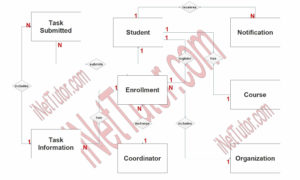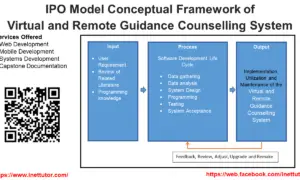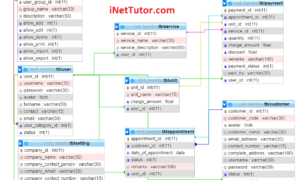Thesis Archiving System Conceptual Framework
Are you tired of manually organizing and sorting through piles of thesis papers? Have you ever lost an important thesis document and wished for a more efficient archiving system? Look no further than the Thesis Archiving System! This system is designed to streamline the organization and retrieval process of thesis papers. But how can we ensure that this system is developed effectively and efficiently? This is where the conceptual framework comes into play. In this blog post, we will explore the conceptual framework of the Thesis Archiving System, its purpose in the capstone project, and how it can aid in the development of an effective and user-friendly system.
About the Project
Table of Contents
The Thesis Archiving System has been developed to provide a management in records. The system gave help to maintain, preserve undergraduate and graduate thesis and remain retrieval for as long as they are required. The focus of this particular system concerns electronic record keeping concepts that need to be understood in the larger context of record information management, electronic record management, and other aspects of information technology. In addition, this system is design for managing and maintaining the records.
Objectives of the Study
The general objective of the research study on Thesis Archiving System is to develop a system that will provide an efficient and effective way of archiving and retrieving thesis documents. The system should allow easy access to thesis documents, provide a secure storage system, and streamline the process of thesis submission and approval.
- To design and develop a user-friendly and efficient web-based system for archiving and retrieving thesis documents.
- To evaluate and analyze the current process of archiving and retrieving thesis documents in the institution.
- To assess the security and accessibility of the current system and propose improvements to ensure the confidentiality and availability of thesis documents.
- To gather and document requirements from stakeholders such as students, faculty members, and librarians to ensure that the system meets their needs.
- To conduct user acceptance testing to validate the usability and effectiveness of the proposed thesis archiving system.
What is a Conceptual Framework?
A conceptual framework is a structure that outlines the key concepts, variables, and relationships between them in a research study. In a capstone project, a conceptual framework serves as a guide to the development of the system or solution being proposed. It provides a clear understanding of the problem being addressed, the factors affecting it, and the strategies for resolving it.
In the case of a Thesis Archiving System, a conceptual framework can help in identifying the key components of the system, such as the types of data to be stored, the user roles and permissions, and the workflows involved in archiving and retrieving thesis documents. It can also help in establishing the standards and protocols for data management, data security, and system maintenance. Ultimately, a well-designed conceptual framework can lead to a more efficient, effective, and sustainable Thesis Archiving System that meets the needs of its users.
Conceptual Framework Diagram
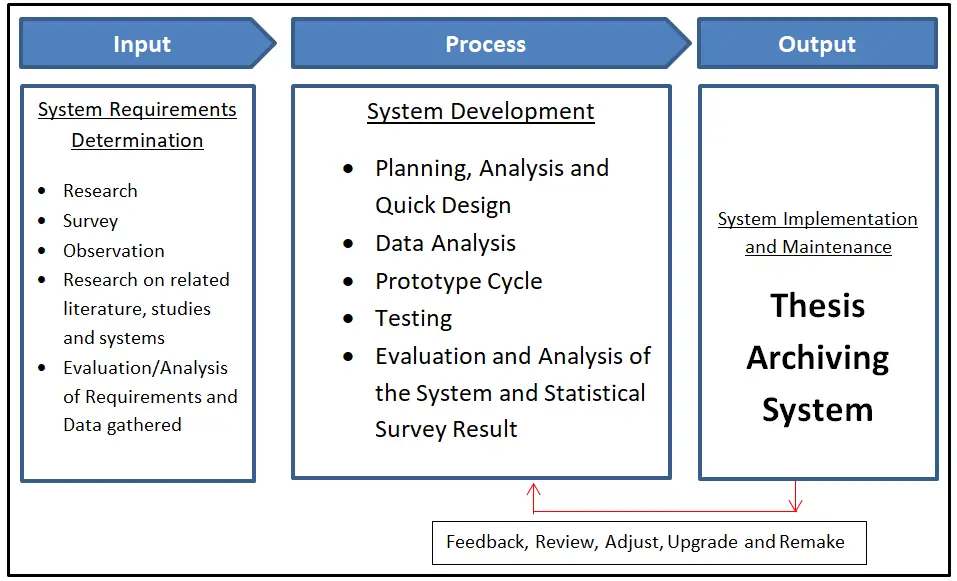
The image above depicts the project’s conceptual framework, entitled Thesis Archiving System. It is based on the input, process, and output (IPO) model.
Input
The input phase of the conceptual framework for the Thesis Archiving System project includes various activities. Firstly, an initial interview will be conducted to determine the requirements and expectations of the stakeholders. Then, a survey will be conducted to gather additional information from the potential users. Observations will also be made to identify the current processes and challenges related to thesis archiving. Moreover, research on related literature, studies, and systems will be conducted to gain insights into best practices and potential solutions. Finally, an evaluation and analysis of the requirements and data gathered will be conducted to identify the key features and functionalities needed for the system. These inputs will serve as the foundation for the development of the system.
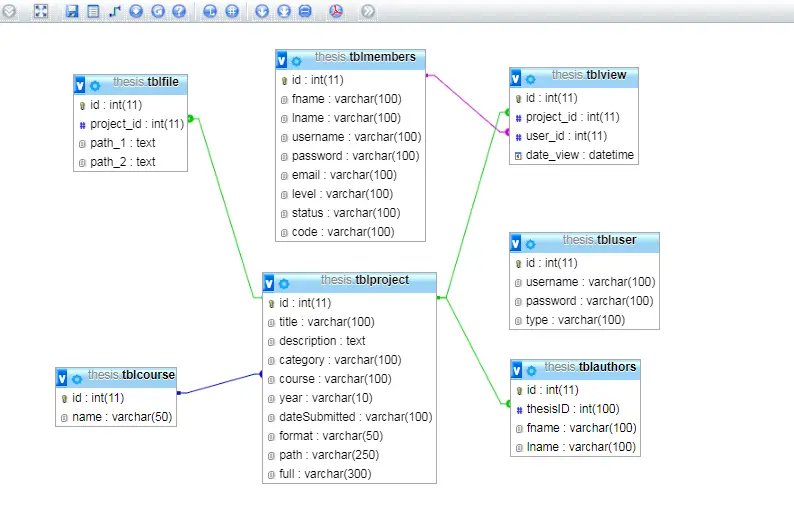
User Requirement – This is the section where the researchers have gathered data on the system’s special features. It’s critical to think about their ideas because they’ll be the ones using the Thesis Archiving System.
Review of Related Literature – The researchers have undertaken investigations and research in the area of the proposed system. The researchers will benefit from this procedure as they create the project or system.
This is where the researchers can now use their knowledge in programming to design and develop the system.
Process
This is the part where the researchers will select and choose the best software development life cycle model for the project.
Data gathering
During this phase, the study’s researcher gathered all conceivable needs for the system’s development, including those obtained from the system’s beneficiaries, the end users. The survey questionnaire was created by the researcher and was validated by specialists. The surveys were used to collect information in order to improve the performance of the proposed system for future community use.
Data analysis
Consultation is used to acquire requirements from the end-user, and ideas are made. We also conducted a survey questionnaire, which the three experts approved (IT Expert, English Grammarian, and Researcher). And these questionnaires served as our data collection instrument for assessing the performance of the manual system, which served as the foundation for developing our proposed system.
System Design
The prototype and the proposed features of the system are created in this phase. Also the concrete understanding of how the system will operate is developed. In here, we identify all the necessary system inputs and outputs, design of data, processes and interfaces.
Programming
In this stage, we materialized the whole idea of the software to be designed. We created the program for the proposed system. The actual coding of the software is based on the system design and the requirements needs to be met. This is where the proper execution of the previous stages ensures a smooth implementation.
Program testing
In this phase, the researcher performed series of testing to check for any possible problems may arise during implementation and operation of the software and if the specification has been met.
System acceptance
This is the final stage, where the system is being installed and to be maintained after actual implementation. One must take into consideration are the hardware and the software requirements for the proper installation of the system. As part of the acceptance of this phase, the client is required to have a user training to enable them to familiarize fully the whole system.
Output
The project comes to life and is carried out in the real world once all of the necessary procedures have been accomplished. A fresh initiative has emerged, which will be cultivated to ensure the project’s long-term viability. The Thesis Archiving System will be installed, used, and maintained at this time.
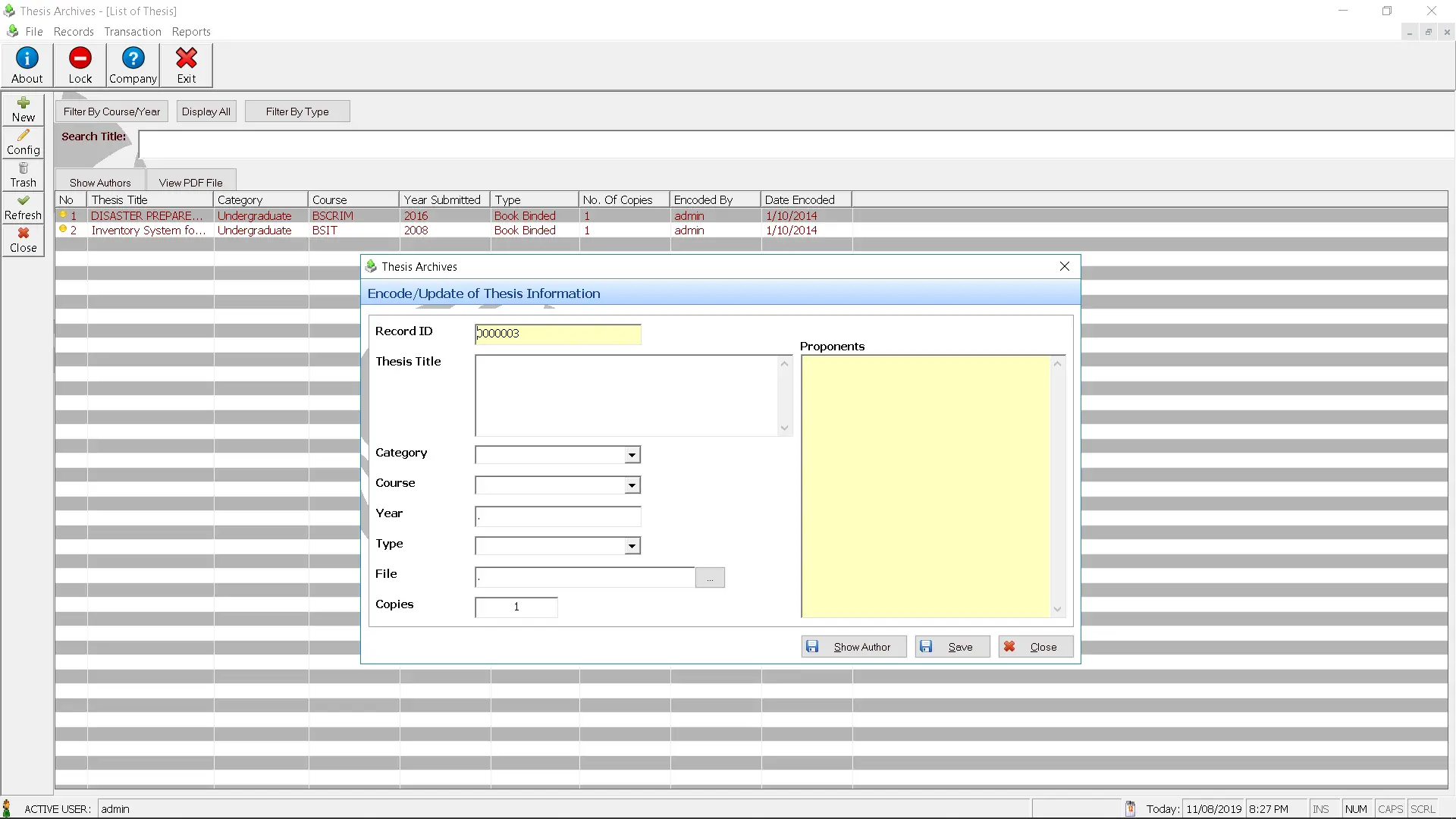
The output phase of the Thesis Archiving System project involves the actual development and implementation of the system. This phase includes the installation of the system into the live environment, testing and debugging, and updating or upgrading the system as necessary. During this phase, the project team will work to ensure that the system meets all of the requirements identified in the previous phases, and that it is functional, reliable, and user-friendly.
The first step in the system implementation phase is to install the system on the designated hardware and software platforms. This includes configuring the system to work with the existing IT infrastructure and ensuring that it is accessible to authorized users. Once the system is installed, it must be thoroughly tested to identify and correct any bugs or errors.
After the initial testing phase, the system must undergo further testing and user acceptance testing to ensure that it meets all the specified requirements. Once the system is deemed acceptable, it can be deployed into the live environment, where it will be used by end-users.
Once the system is live, it will need to be regularly maintained and updated to ensure that it remains functional and meets the changing needs of its users. This includes updating software components, adding new features or functionality, and addressing any issues that arise. By continuously maintaining and upgrading the system, it can remain effective and valuable to its users over time.
Summary
The capstone project entitled; Thesis Archiving System has been developed to provide a management in records. The system gave help to maintain, preserve undergraduate and graduate thesis and remain retrieval for as long as they are required. The input, process, and output (IPO) model will be used to develop the conceptual framework for the investigation. The researchers determine the project’s user needs and assess relevant literature for the study before utilizing their programming skills to develop the project. To complete the system, the researchers will employ the Software Development Life Cycle (SDLC) technique. Its purpose is to ensure that the project goes through several stages to ensure that it has full functioning that meets the expectations of the consumers. The Thesis Archiving System will be implemented, used, and maintained as a result of this project.
Readers are also interested in:
Online Record Archiving of Soil Analysis Results
City Social Welfare and Development Office Data Archiving Information System
You may visit our Facebook page for more information, inquiries, and comments. Please subscribe also to our YouTube Channel to receive free capstone projects resources and computer programming tutorials.
Hire our team to do the project.
